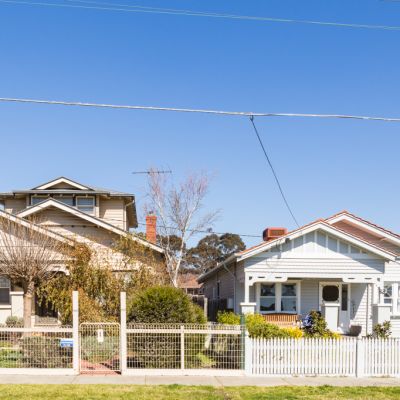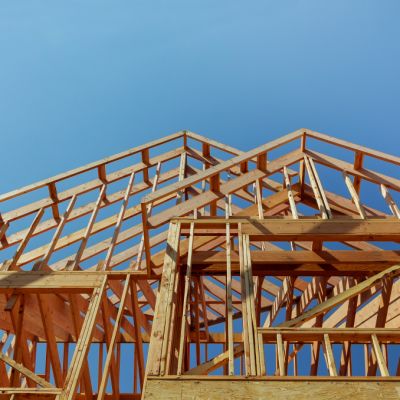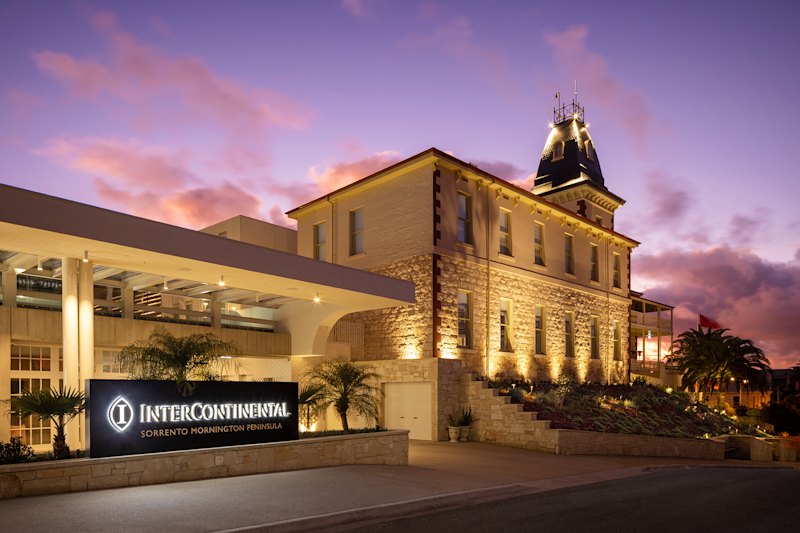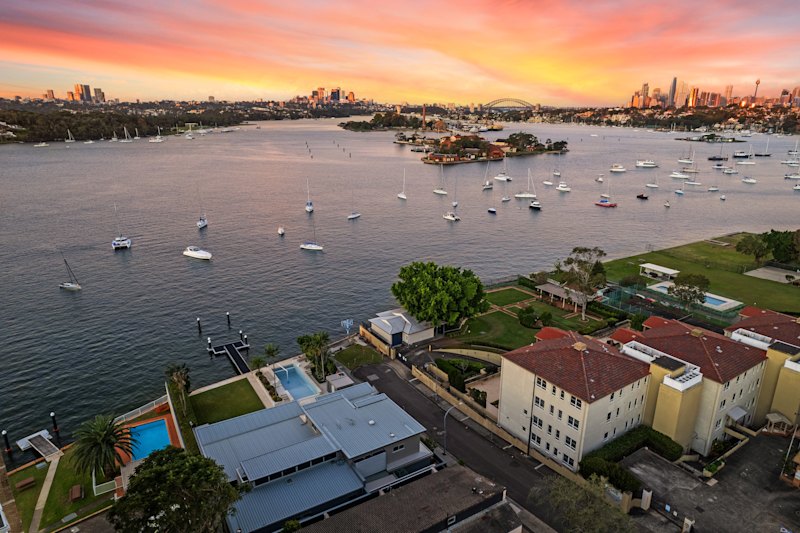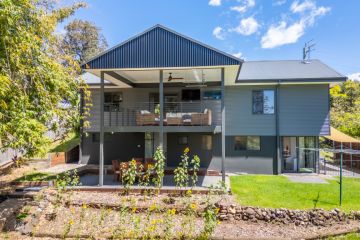Home builders, renovators offered $25,000 grants in federal government package
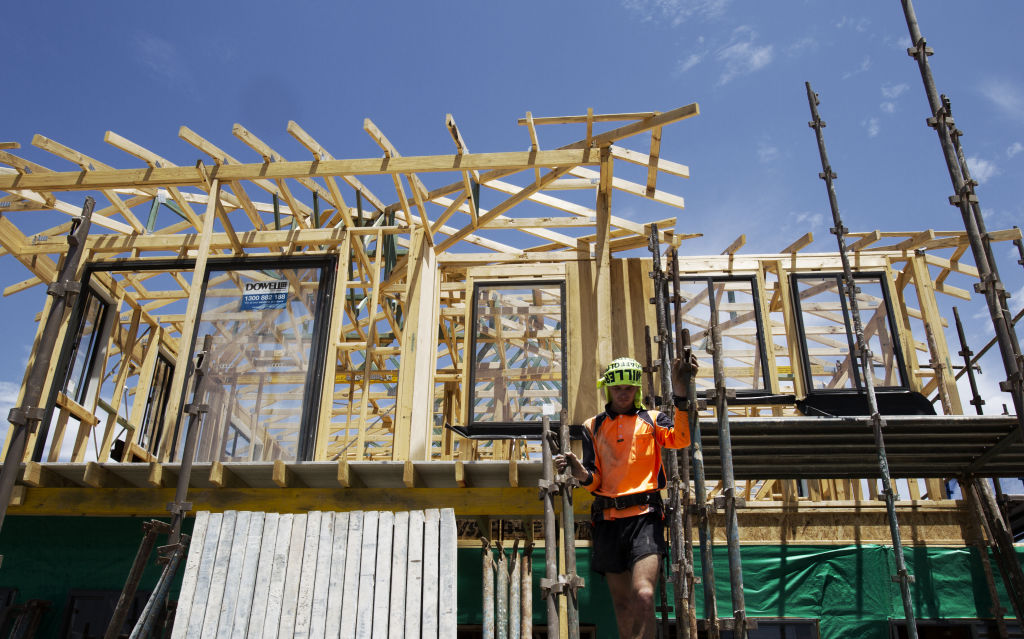
Australians will be offered $25,000 grants to build a new home or start a major renovation under near-$700 million federal government housing package in a bid to boost the economy and act as a lifeline to the home construction industry.
The government announced the $688 million HomeBuilder program on Thursday after new figures revealed the country dipped into a recession for the first time in three decades.
The plan will be restricted to people on middle incomes and to new homes and major renovations valued between $150,000 to $750,000.
The pre-renovation value of the house must not exceed $1.5 million and excludes sheds, pools, granny flats and any other structures not attached to the property.
The temporary scheme that will last until the end of the year, aiming to build 30,000 homes by Christmas.
Construction of a new home or a substantial renovation must be contracted to begin within three months to prevent a rise in house prices.
The grants will be means tested, allowing singles who earned up to $125,000 the previous financial year and couples who earned up to $200,000 to access the scheme.
The scheme will work along existing state and territory first-home owner grants programs, stamp duty concessions and other grant schemes, including the federal government’s first-home loan deposit scheme and first-home super saver scheme.
The $1.5 million cap will exclude many inner Melbourne and Sydney homes as the median house price for each city sits at $918,350 and $1,168,806, respectively, Domain figures show.
Treasurer Josh Frydenberg said the package aimed to spark jobs and stimulus for the economy.
“There is a real hole in the housing sector as a result of the coronavirus,” he told ABC News Breakfast. “It’s a critically important sector to the economy overall; it contributes more than $100 billion to GDP.
“It is also employing hundreds of thousands of people as well, including sparkies and plumbers and carpenters, people we want to put back to work, to put them off the income supports that they have been getting through the crisis.”
Industry group the Housing Industry Association welcomed the government’s announcement. “The HomeBuilder package will support the delivery of tens of thousands of new home and renovation projects,” said managing director Graham Wolfe.
The association estimates the package could generate more than $15 billion in national economic activity. It also predicted the supply of new houses could drop to as low as 111,000 in 2020-21, 60,000 homes fewer than first forecast in February this year.
“This incentive will ensure that the significant contraction in new home building activity in 2020/21 is not realised. The package will see slabs poured in the second half of the year, meaning jobs are kept and houses built.”
Australia’s largest residential developer Stockland also backed the move. “This $25,000 grant is a powerful stimulus measure to help revive the Australian economy and support around a million construction jobs across the country,” Stockland CEO of communities Andrew Whitson said.
Porter Davis Homes has already fielded an increase in interest in the past week, and the group’s general manager sales and marketing Shaun Patterson said the grant would bring more confidence to the market.
But the package does not include social or affordable housing, a call long made by the Everybody’s Home campaign – an alliance of housing bodies in Australia, and supported by a growing number of experts.
National campaign spokesperson Kate Colvin said while it was positive the package excluded investment properties, it had missed the opportunity to create longer term constructions jobs.
“Right now we have a real opportunity to create a landmark turning point for the economy and for the kind of country we want to be,” Ms Colvin said. “Instead we’re already going back to business as usual and taking the easy option of handing $25,000 to renovators who can already afford a home, without supporting those who really need housing help.
“It’s such a short term, short-sighted and disappointing announcement – a kind of stimulus you create without actually stimulating any real change.”
Economic modelling released yesterday by the Community Housing Industry Association and National Shelter found that construction of 30,000 social housing properties would raise construction output in Australia by at least $15.7 billion over four years and increase GDP between $5.8 billion to $6.7 billion.
It would also create on average up to 18,000 full-time equivalent jobs each year, with an estimated 24,500 jobs on-site and in the wider building services industry in 2021-22.
Labor MP Tanya Plibersek said the package failed to help those who are most in need.
“We’ve got thousands turned away every night from crisis accommodation. Mums and kids fleeing violence, veterans sleeping in parks,” she said. “It shouldn’t happen in a country like Australia.
“Now is an ideal time to be building accommodation for those people.
“We’ve called for greater security in rental accommodation as well. People are very worried about being thrown out of their rental accommodation if they lose their job. We absolutely recognise the critical role construction plays in our economy. But this program after all the hype I suppose it’s fair to say there are some missed opportunities here.”
Elsewhere, the Tasmanian Government announced a $1.8 billion infrastructure package that includes $100 million for 1000 social housing dwellings, bringing forward funding for affordable houses and an expansion of the HomeShare program that allows buyers to co-purchase with the government.
We recommend
We thought you might like
States
Capital Cities
Capital Cities - Rentals
Popular Areas
Allhomes
More
- © 2025, CoStar Group Inc.
